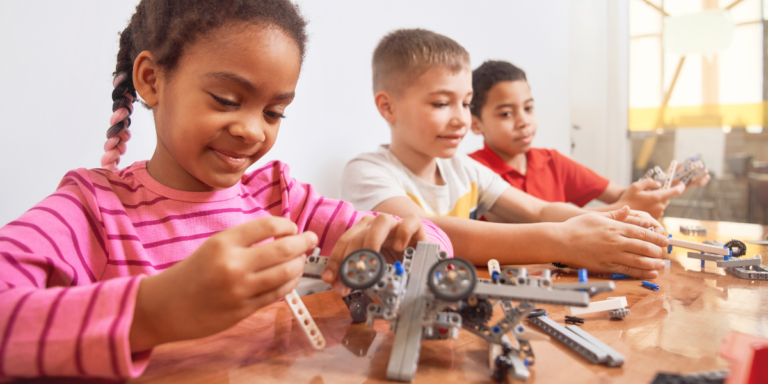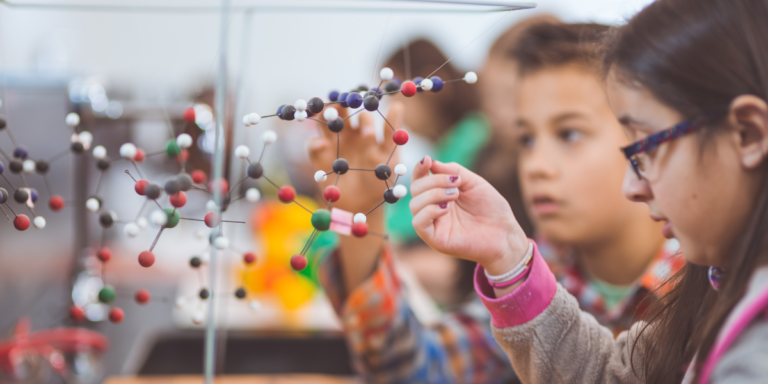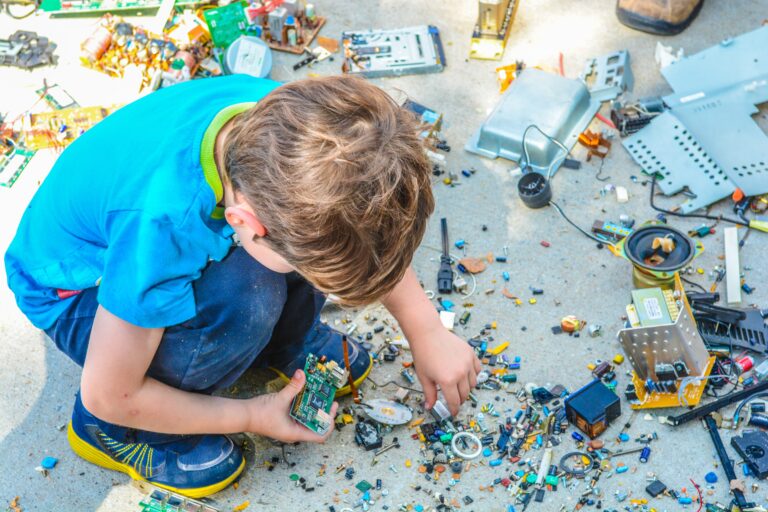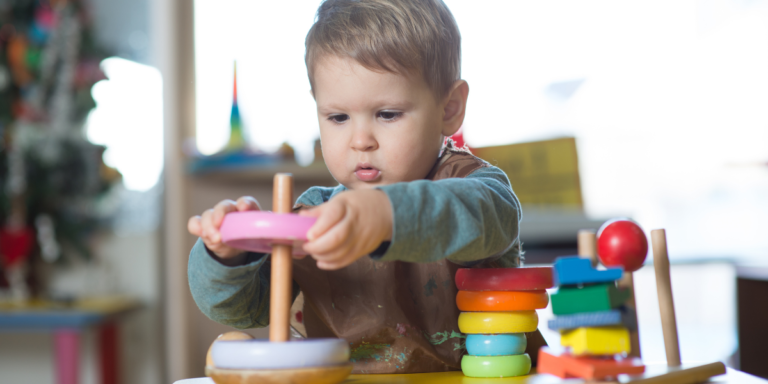6 Fun and Easy DIY STEM Projects That Kids Can Do at Home with Everyday Materials

Are you looking for ways to get your kids more involved in Science, Technology, Engineering, and Mathematics (STEM) subjects? These hands-on activities are not only fun, but they can also help your child gain a deeper understanding of complex concepts. Let’s explore some exciting and educational STEM projects that you can do with your kids right at home.
1. Building Paper Sculptures to Explore Shapes and Engineering
Building paper sculptures using simple materials like paper and cardboard is a great way to introduce kids to the basic principles of engineering. It also encourages them to use their creativity and problem-solving skills to build unique structures. This activity can easily be adapted for different ages and skill levels, making it a great STEM project for preschool, kindergarten, and grade school age kids.
2. DIY Paper Spinner Toys to Spark Creativity
DIY paper spinner toys are a great addition to any STEM-inspired craft projects for kids. Not only are they super easy to make, but they also provide a fun way to explore color theories. Combined with the Building Paper Sculptures section, kids can experiment with shapes and engineering while creating unique spinners.
Paper spinners are often used as a fun and inexpensive toy for children. But they can also be used for educational purposes to teach basic principles of physics, such as centrifugal force, and to develop fine motor skills.

3. Paddle Boat Building to Teach Physics and Science
Building a paddle boat is an exciting DIY project that offers an excellent opportunity to teach kids about physics and science. All you need are some cardboard, foam noodles, a glue gun, and other items you can easily find in your home.
By constructing a paddle boat, kids can learn about kinetic and potential energy, buoyancy, and the principles of propulsion. This activity can be easily incorporated into a STEM curriculum or used as a fun summer project. So, tie on your engineering caps, grab some materials, and get ready to set sail!
4. DIY Crystal Geode Eggs to Learn About Crystallization and Geology
The DIY Crystal Geode Eggs project is an incredible science experiment for kids who love crystals and natural formations. It’s an extension of the popular egg geodes experiment and uses common kitchen ingredients like alum powder, eggshells, and food coloring to create beautiful crystalline formations.
This project allows kids to learn about crystallization and geology in a fun and interactive way. Not only is it a great STEM project, but the end result also makes for a unique decorative ornament.
5. Straw Rockets to Learn about Physics
The final STEM project on the list is Straw Rockets. Not only is this a fun activity, but it also teaches kids about physics. With just a few materials, children can make their very own paper rockets which can be launched from a soda straw. For added fun, they can even modify the design to see how it affects their rocket’s trajectory. The goal is to try and land the straw rocket on the moon target.
This simple experiment helps children understand concepts such as propulsion, aerodynamics, and motion. It’s a great way to get kids excited about science and learning without even realizing it. Plus, it’s perfect for all ages and can be done easily at home.
6. Marble Run to Hone Critical Thinking and Problem-Solving Skills
This project involves creating a maze of tubes, tunnels, and obstacles for marbles to roll through. Kids can use their creativity and problem-solving skills to design and build their own marble runs using materials such as cardboard, paper cups, and plastic straws.
Building a marble run involves concepts such as gravity, momentum, and forces. Kids can learn about these concepts in a hands-on way by experimenting with different designs and seeing how they affect the marble’s movement.
The Bottom Line
From building paper spinner toys to constructing paddle boats and even creating crystal geode eggs, these projects can keep kids entertained while also teaching them valuable STEM concepts. By incorporating these activities into their daily routines, parents and educators can help to foster a lifelong love of learning and encourage the next generation of innovators and problem solvers.






